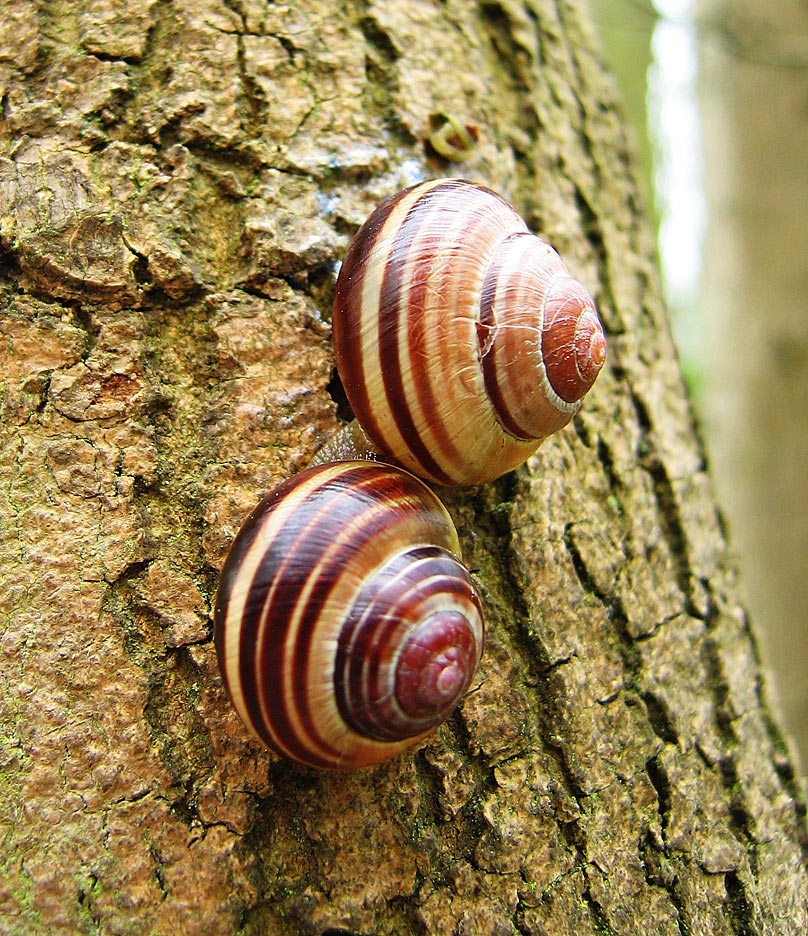The integration of ecology and molecular biology has
resulted in many important advances in understanding the complex interactions
between organisms and the underlying mechanisms. One of the many advances in
combining the two sciences could be seen in the plant Arabidopsis thaliana L., an excellent model for investigating
ecological interactions such as induced indirect defense. Induced indirect
defense is a technique plants use to defend themselves against the feeding of
herbivorous arthropods by releasing substances into the air called volatiles,
which attracts natural enemies of the herbivores and the activities of
these natural predators benefit the plant's fitness therefore making this
technique evolutionarily advantageous for plants. For many plants species after
the releasing of volatiles, a process known as herbivory, the compound called (E)-DMNT has been detected in the
surrounding of these plants, and of the many species of plants Arabidopsis is one of them. Using Arabidopsis as a model for studying the
compound (E)-DMNT, we could pinpoint
certain enzymes that are responsible for the synthesis for the compound and
apply it in genetic engineering in order to create pest resistance crops.
The first step in studying the ecological relevance of
individual compound of the complex volatile is through understanding the
chemical pathway that is genetically engineered to the transgenic plant. In the
process of genetic engineering the sesquiterpene (3S)-(E)-nerolidol, a precursor for (E)-DMNT is required in order to create transgenic plants that
releases the compound (E)-DMNT during
herbivory. However earlier attempts to produce relevant amounts of
sesquiterpene have failed due to the lack of farnesyl diphostphate (FPP), which is the precursor for (3S)-(E)-nerolidol, therefore targets
with an abundance of FPP are required for the synthesis of sesquiterpene. More
suitable target for sesquiterpene synthase to target include the cytosol and
the plastids due to their abundance in FPPs, the mitochondria a site of ubiquitous
biochemical biosynthesis on the other hand is much alike the cytosol and a the
compartmentalization of the mitochondria allows it to regulate the production
of (E)-DMNT making it the perfect
target for sesquiterpene synthase. FaNES1
a strawberry nerolidol synthase, also a form of sesquiterpene synthase is
targeted using CoxIV (cytochromes oxidase
subunit IV) localizing it in the mitochondria, therefore making up the
transgenic plant.
 |
| Chemical Pathway of (E)-DMNT with precursors of (3S)-(E)-nerolidol and farnesyl diphostphate (FPP) |
|
In the experiment transgenic Arabidopsis and wild Arabidopsis
are grown in containers, where in the transgenic plants CoxIV is fused with green
fluorescent protein (GFP) to efficiently target the GFP to the
mitochondria. Using a method called solid-phase micro extraction (SPME) the
levels of volatile compounds are recorded from the plants during herbivory. The
results collected show that the levels of (3S)-(E)-nerolidol
detected from the transgenic samples are 20-30 times more than the
compounds from wild plant samples, where for the transgenic samples 9 of 12
were recorded detecting the compound (3S)-(E)-nerolidol,
and of the 9 transgenic samples 5 were detected with the compound (E)-DMNT during herbivory. The wild
plants on the other hand were unable to cause the formation of either (3S)-(E)-nerolidol or (E)-DMNT during herbivory, unlike other
plant species whom proved otherwise. The reason for this is because the rate in
which (3S)-(E)-nerolidol is converted
into (E)-DMNT is inversely
proportional to the rate at which they are released during herbivory, however
this could be regulated using jasmonic acid, which acts as a mediator.
 |
| (E) Undamaged Transgenic (F) Undamaged Wild Type, Jasmonic acid (G) Undamaged Transgenic, Jasmonic acid |
Transgenic CoxIV-FaNES1 plants were successful in emitting
both
(3S)-(E)-nerolidol and
(E)-DMNT compounds during herbivory, and
from the study both compounds were successful in attracting predatory mites (
P. persimilis) when the transgenic
Arabidopsis were being eating by
herbivorous arthropods such as spider mites
(Tetranychus
Urticae) and caterpillar (
P. rapae).
From these conclusions we utilize this defensive mechanism and applying them to
improve pest resistance of crops, however there are also several problems
concerning with the transgenic CoxIV-FaNES1 plants that were used in the
experiment. The problem that was seen in the transgenic
Arabidopsis plants was that both the first and second generation of
the transgenic species suffered from growth retardation, this is due to the
divergence of FPP to be synthesized to
(3S)-(E)-nerolidol
causing a uneven distribution leading to growth inhibition and greatly
impacting the performance of the plant. So although the genetic modification of
induced indirect defense could improve crop production and allow crop plants to
generate control agents against arthropod pest infestation, at the same time
also result harming the performance of the plant, therefore saying that even
though genetic engineering could be beneficial there is also equal risks
involved.
 |
| % of predators CoxIV-FaNES1 vs. Wild Type Plants |
Work Cited:
1. Kappers, Iris. "Genetic Engineering of Terpenoid Metabolism Attracts Bodyguards to Arabidopsis." Science. 2005: n. page. Web. <http://stke.sciencemag.org/cgi/content/full/sci;309/5743/2070
2. M,
Dicke. "ISOLATION AND IDENTIFICATION OF VOLATILE KAIROMONE THAT AFFECTS
ACARINE PREDATOR-PREY INTERACTIONS - INVOLVEMENT OF HOST PLANT IN ITS
PRODUCTION." JOURNAL OF CHEMICAL ECOLOGY. 02 1990: n. page. Web.
<http://cel.webofknowledge.com/InboundService.do?SID=S1AGmejh7c5GN75K46d&product=CEL&UT=A1990CT40300008&SrcApp=Highwire&Init=Yes&action=retrieve&Func=Frame&customersID=Highwire&SrcAuth=Highwire&IsProductCode=Yes&mode=FullRecord>.
3. Kessler, Andre. "Silencing the Jasmonate Cascade: Induced Plant Defenses and Insect Populations." Science.
30 07 2004: n. page. Web. 7 May. 2012.
<http://www.sciencemag.org/content/305/5684/665.abstract?ijkey=65037872d5afd6050cc21f838fe7bc11bd65feee&keytype2=tf_ipsecsha>.












